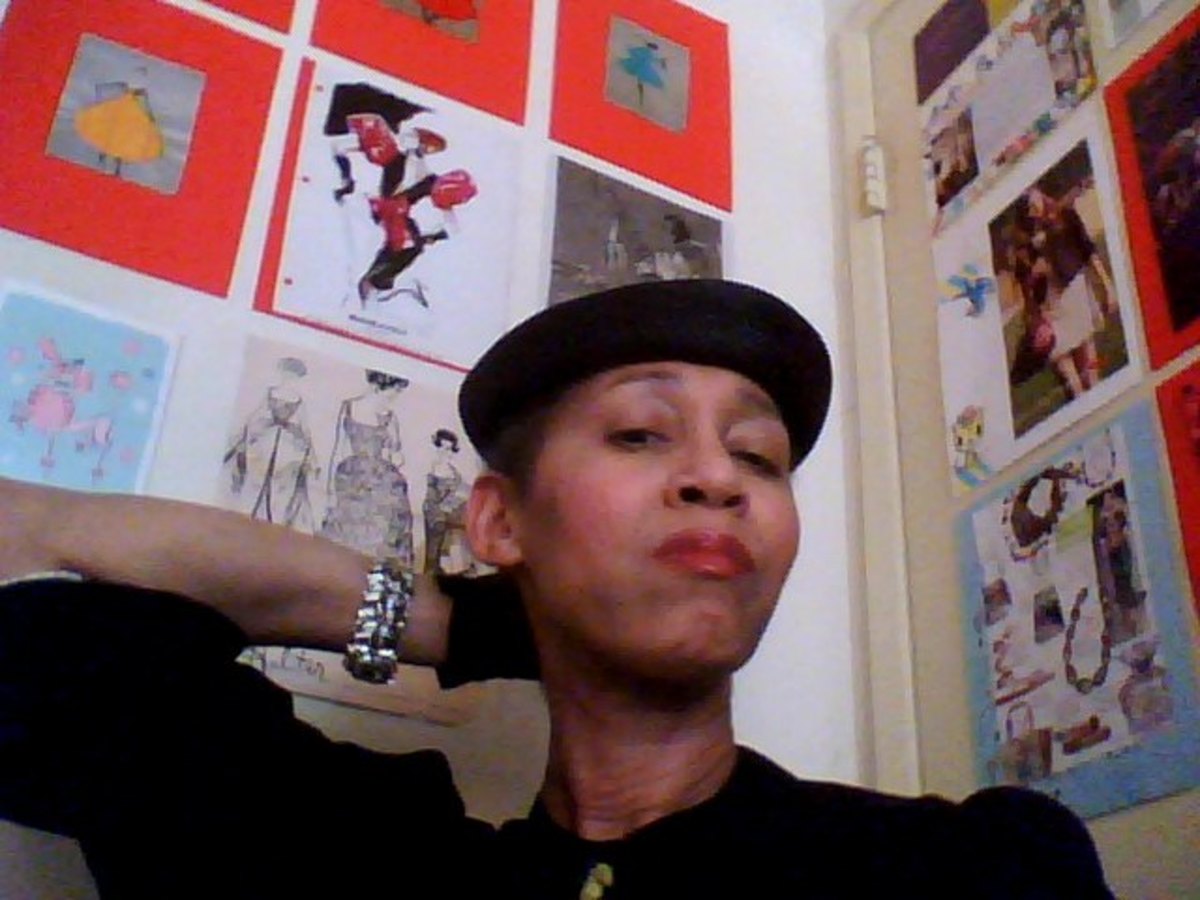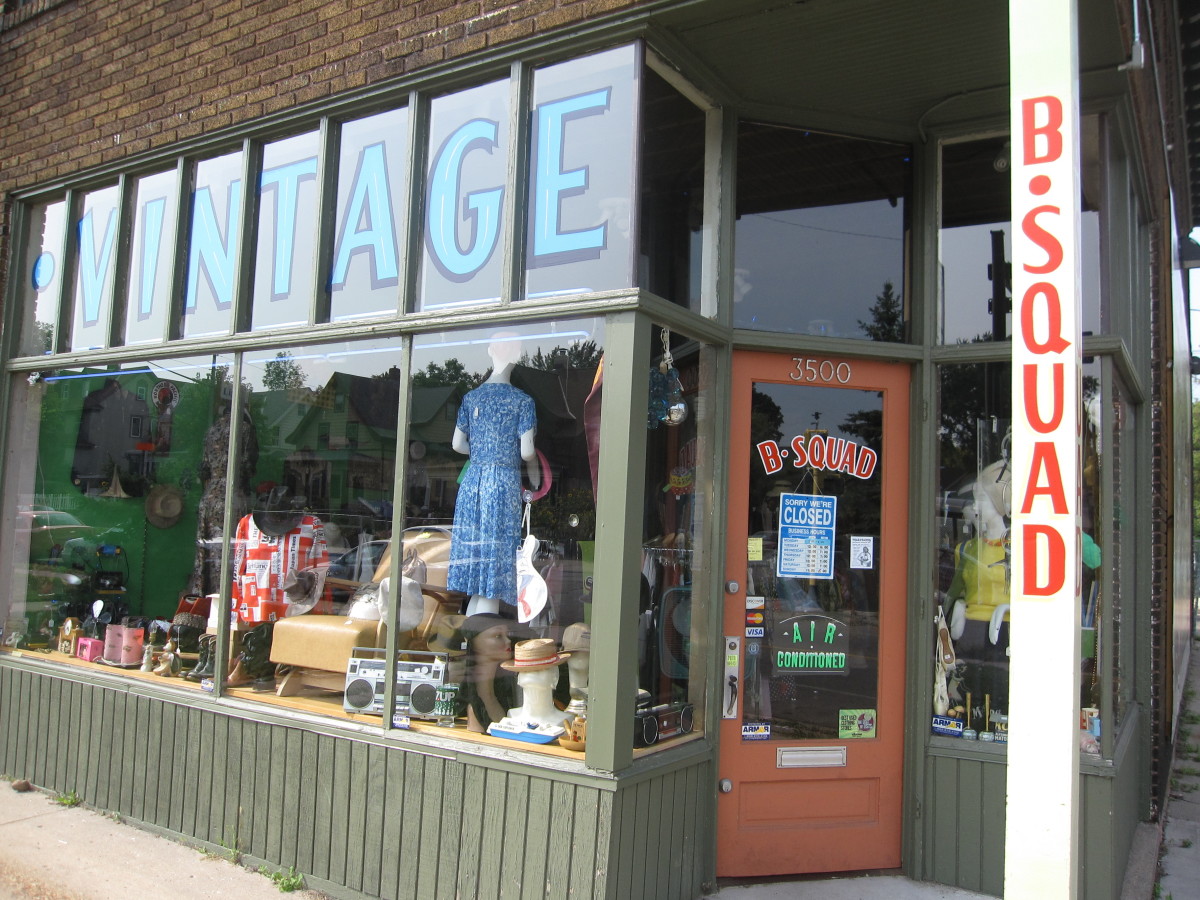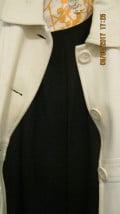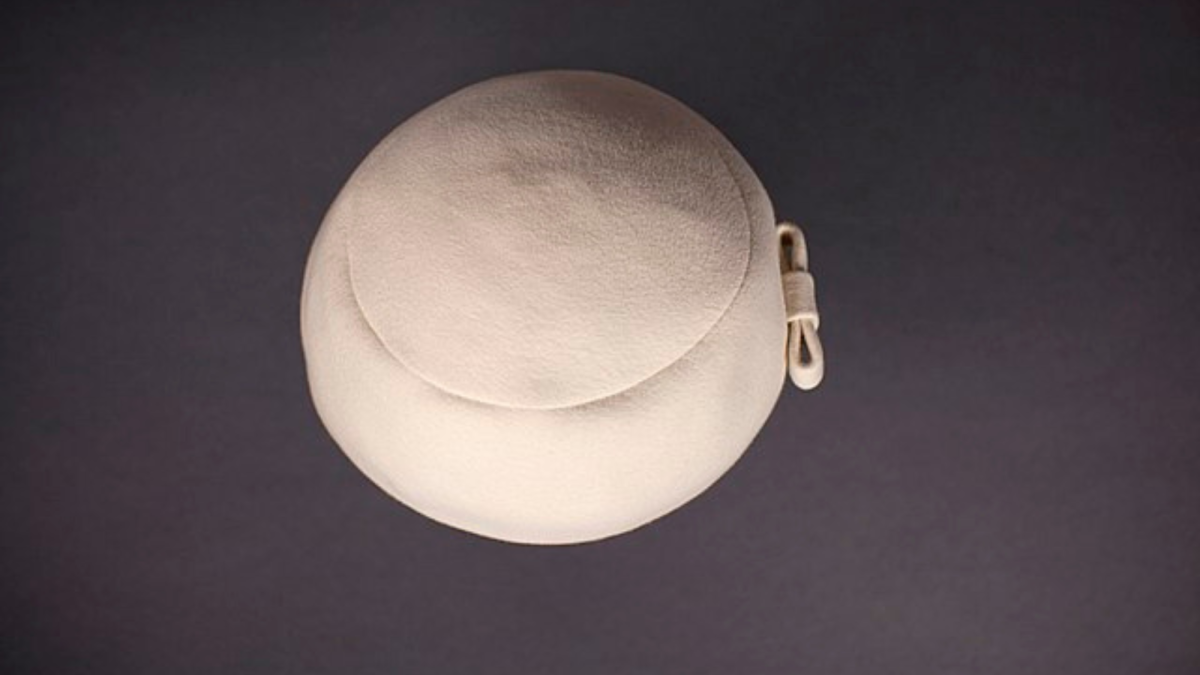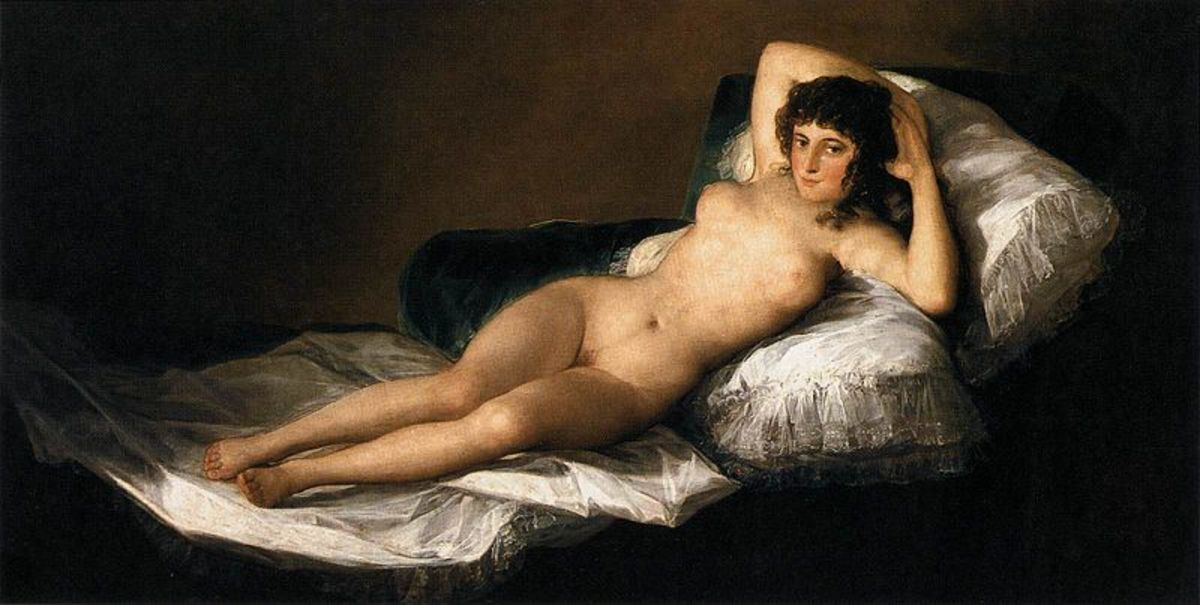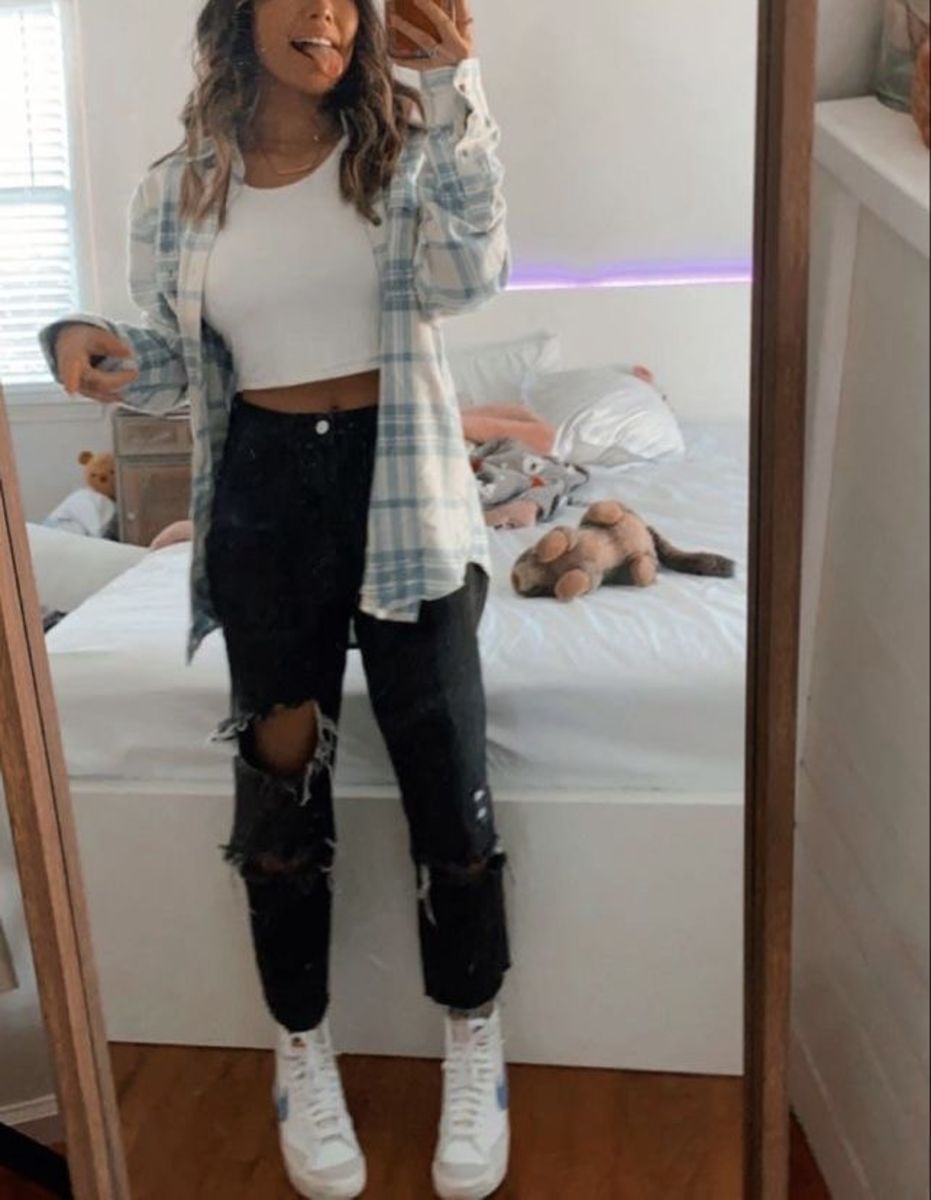Dressing for Youself: How to Be Your Own Stylist
Classic Fashion Sense

Solo Styling
If personal style means interpreting a season's trends in your own way, then an essential part is utilizing items from your existing wardrobe. That doesn’t mean not buying anything new, it just means doing so with conscious aforethought. By recognizing how everything you add contributes to the whole you maintain consistency and perspective. In the article “When is Fashion Design?“ writer Ingrid Loscheck claims, “Good design should have an intention of purpose and be attractive also.” In creating a look, and projecting through clothing and accessories, this portrayal should make the wearer unique and approachable While this might appear difficult in these times, of celebrity influencers, Internet bloggers, and over casualization, it’s still possible to project a cohesive and attractive sense of style, alone, if a professional fashion coordinator is beyond your budget.
Back in the '80's:
"For many consumers both the attraction and the value of a second-hand good lies in the imaginative potential of its former life."
(Working The Edge: Xuly.Bet's Recycled Clothing, Gregson and Crewe, 2003: 145-6, by Victoria L. Rovine)
During the 1980s while I was earning my B.A. in Fashion Merchandising at CSULA I devised a low-cost method that helped me fulfill my major's dress code requirements and started me on the road to self-styling by buying thrift and second-hand. To stretch my meager selection I also bought contemporary clothing on Sale at Judy's, Casual Corner, Contempo Casuals, SACKS SFO, Clothestime, and other chains and off-price stores. Initially, I was self-conscious about my high-low retro gear until a friend from San Francisco told me one day, "Vintage really suits you because you have an old-fashioned look, that's kinda '40's." For a small minority of us, within a department of Calvin Klein and Ralph Lauren aficionados, this type of sartorial expression became the norm and I later found out that it was actually in sync with the post-modern statement Christian Lacroix and Emanuel Ungaro were making then. Termed "historical reappropriation" a good example of it is the broad-shouldered blazers and blouses, reminiscent of 1930's Elsa Schiaparelli, that were the main component of '80's "power dressing".
"One of the great versatilities of suit-jacket dressing is creating your own ideas of a "suit" by putting together a black gabardine evening jacket with a long gray skirt and cream colored silk blouse," (p.128), Harriet Love's Guide To Vintage Chic.
Taking a black 1960's drop-waisted dress I'd bought for $5.00 at Daniel Freeman Thrift Auxillary in Inglewood, California, and wearing it with a black-and-white houndstooth men's blazer I bought for $19.99 while working at The Broadway department store, as a salesperson, I followed this advice and created my own suit. On another occasion, I allowed Lacroix's colorful premiere 1987 collection to inspire me to concoct a more feminine suit reminiscent of his "childhood in Provence". Starting with a black velvet blazer, I then paired it with an off-white ruffled-front blouse, an orange patchwork print circle skirt, and yellow crinoline. Everything I wore, except the crinoline, cost less than $20, and came from The Discovery Shop in Inglewood, California.
"In West European countries while used clothing are usually still a cheaper alternative to the first fashion market and thus a relevant source of clothing for lower-income groups or consumers unwilling to spend large amounts of money on clothes, many consumers appreciate old clothes also as a way to demonstrate distinction and individuality," wrote Heike Jenss in "Secondhand Clothing".
Fashion Icons and Research:
"Simplicity, good taste, and grooming are the three fundamentals of good dressing and these do not cost money," wrote Christian Dior in The Little Dictionary Of Fashion
Besides Lacroix, the other legends I emulated back in the '80s were Coco Chanel, Audrey Hepburn, Twiggy, Edie Sedgwick and Barbie. Tall and thin, with a love for dance and the early to mid-60's clothes I grew up with, I discovered the Chanel knock-off blazers, two-piece skirt suits and sheath dresses I found for under $10.00 fit perfectly and were appropriate for both school and work. Today I still own and wear the black drop-waisted dress I previously mentioned, a black cardigan sweater, a white cardigan sweater, a pink wool blazer, a rust-colored tweed blazer, and a black Don Loper jacket.
Since I was quite new at incorporating vintage garments, with contemporary ones, I realized I needed to do additional research to come up with effective ensembles that weren't too costumey but still maintained their historical flair. CSULA's library became my second home, where I spent countless hours studying the fashion archives of Vogue, Mademoiselle for tips. My black dress, in particular, became the perfect foundation for a lot of my wardrobe adventures. When paired with a black hat, and over-sized shades, I felt like Audrey Hepburn in Breakfast At Tiffany's. When paired with black Hue tights and white point-toed flats I was Edie Sedgwick at Andy Warhol's Factory. When Paired with a structured cardigan, floral scarf, pearls and gold chain belt I was channeling Chanel.
Sadly, the last time I visited CSULA and asked to re-visit the archives in the library, I was told they'd had a flood in the basement and everything was destroyed. Thanks to the internet, however, I can still continue my vintage clothing research online, look at layouts and read editorial pieces written by top fashion journalists who were experts in their field. Throughout my years of vintage and second-hand dressing I learned two important lessons about fashion coordination, on a budget, that've helped me immensely: (1) Buy silhouettes with simple lines that combine well with new items, and (2) Update designs that suit your lifestyle and body type when necessary.
Dressing for the 2000s:
With the proliferation of the internet as a fashion force the industry has had to grapple with so much unlimited information it's hard to decipher what's viable and relevant. Personally, my style has evolved from retro to eclectic since I continue to buy vintage and second-hand then combine it with contemporary fast-fashion and off-price finds from Forever 21, Target, H & M, Uniqlo, Ross, T.J. Maxx, etc., Instead of just buying second-hand clothes and accessories from Goodwill Industries Thrift Stores and Council Thrift Shops, I also shop at Thredup.com, an online site that sells curated second-hand by Macy's, H & M, Kate Spade, Calvin Klein, Forever 21, Zara, and many others. Definitely leading the way in educating the consumer about the benefits of "thrifting" by offering daily updates about brands that suit them from previous purchases and automatically coordinating them on the "order receipt", this company also makes the customer feel accommodated and cared for.
These days as the industry deals with more racial, generational inclusion and lifestyle choices, the same challenges and stressors exist. What has changed is how we're able to deal with them. When it comes to dressing for yourself the options are wide open. If you like to dress conservatively, or in classics, structured jackets and blazers, sweater sets, pantsuits, longer calf-length skirts, and wide-legged pants are excellent wardrobe starters. If you're more creative and artistic, long flowy skirts and dresses paired with trench coats and boots, bellbottoms with fitted jackets and floppy hats are perfect. Lastly, if you're a student or young adult on a budget a few reliable foundation pieces such as a black blazer, a pleated skirt, little black dress, white button-down shirt and a nice pair of jeans will give you plenty of mileage.
Despite where you are in your life, whether you're breezing along or struggling, the main thing to remember about style is that yours should always represent your best you.
.
History Repeated
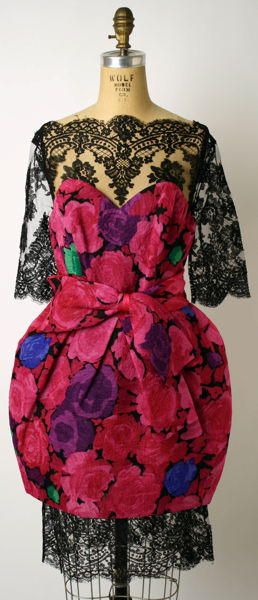
Working It Retro
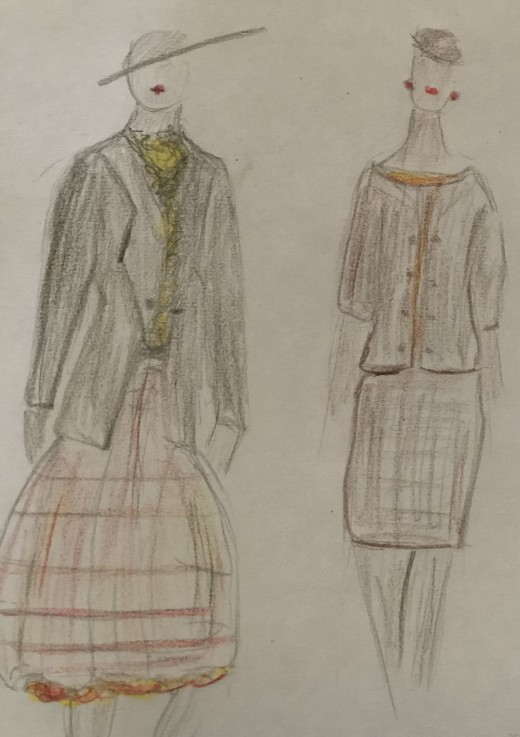
How Well Do You Style Yourself?
Do you know how you want to look every day?
Chanel's Comeback
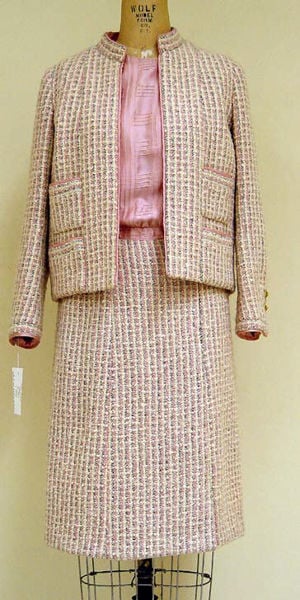
Making It On My Own
Style Knowledge Is Power
- Metropolitan Museum of Art
Metropolitan Museum of Art Costume and Textiles Department - ThredUp.com
thredUP is the world’s largest online thrift store where you can buy and sell high-quality secondhand clothes. Find your favorite brands at up to 90% off.
This content reflects the personal opinions of the author. It is accurate and true to the best of the author’s knowledge and should not be substituted for impartial fact or advice in legal, political, or personal matters.
© 2012 Victoria Jean Moore


